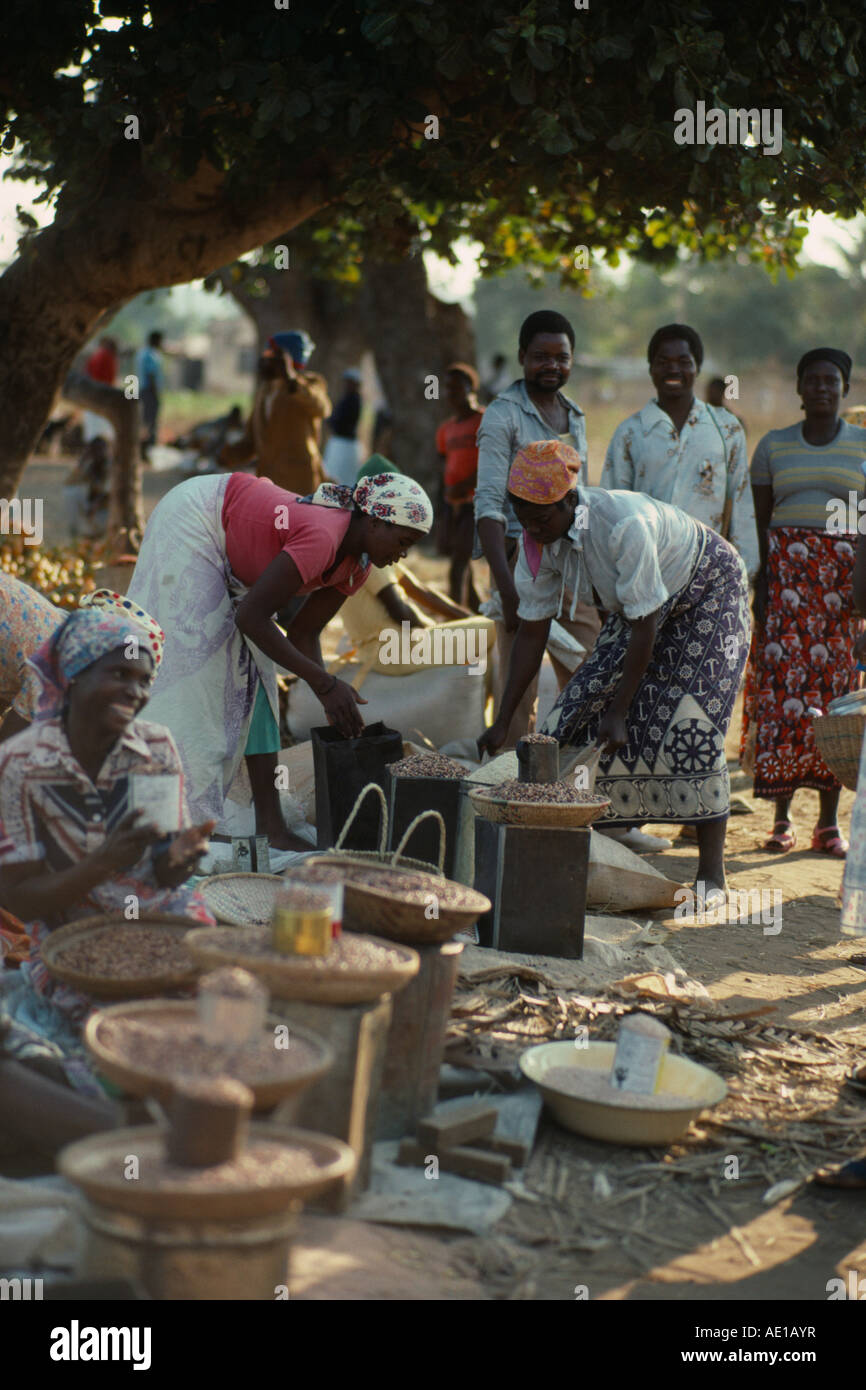The software development world has changed dramatically over the past decade. Developers used to finish their code, throw it over the wall to operations, and hope for the best. Those days are long gone. Today’s competitive landscape demands faster delivery, higher quality, and more reliable systems and that’s where devops best practices become absolutely critical for any serious development team.
Explore top DevOps best practices and automation strategies that enhance CI/CD pipelines, improve deployment speed, and boost software reliability in real-world projects.
